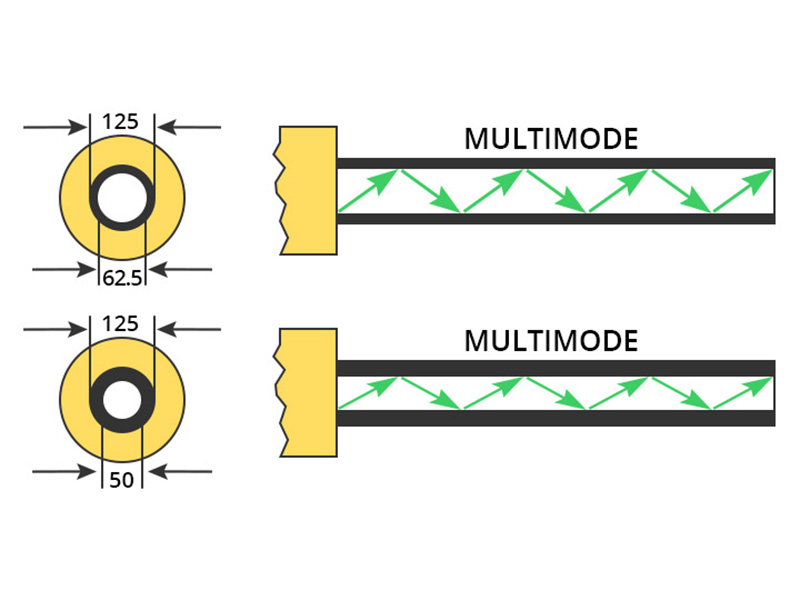-
The More and More Mature Optic Cables Transmission Technology
Imidiya ye-Fiber optic iyinoma iyiphi imidiya yokudlulisa inethiwekhi evame ukusebenzisa ingilazi, noma i-plastic fiber kwezinye izimo ezikhethekile, ukudlulisa idatha yenethiwekhi ngendlela yama-pulses alula.Phakathi neminyaka eyishumi edlule, i-optical fiber isiwuhlobo oluthandwa kakhulu lwemidiya yokudlulisa inethiwekhi njengesidingo ...Funda kabanzi -

Uyini Umehluko: OM3 FIBER vs OM4 FIBER
Uyini Umehluko: OM3 vs OM4?Eqinisweni, umehluko phakathi kwe-OM3 vs OM4 fiber usekwakhiweni kwentambo ye-fiber optic.Umehluko ekwakhiweni kusho ukuthi ikhebula le-OM4 linokunciphisa okungcono futhi lingasebenza kumkhawulokudonsa ophezulu kune-OM3.Yini...Funda kabanzi -

Yini i-OM1, i-OM2, i-OM3 ne-OM4 Fiber?
Kunezinhlobo ezahlukene zekhebula le-fiber optic.Ezinye izinhlobo ziyimodi eyodwa, kanti ezinye ziyi-multimode.Imicu ye-Multimode ichazwa ngamadayamitha awo ayisisekelo kanye ne-cladding.Ngokuvamile ububanzi befayibha ye-multimode kungaba ngu-50/125 µm noma u-62.5/125 µm.Okwamanje,...Funda kabanzi -

Ingabe Uyazi Nge-Mode Conditioning Patch Cord?
Isidingo esikhulu sokukhuphuka komkhawulokudonsa sigqugquzele ukukhululwa kwezinga le-802.3z (IEEE) le-Gigabit Ethernet phezu kwe-fiber optical.Njengoba sonke sazi, amamojula we-1000BASE-LX transceiver angasebenza kuphela kumafayibha emodi eyodwa.Nokho, lokhu kungase kudale inkinga uma kukhona...Funda kabanzi




